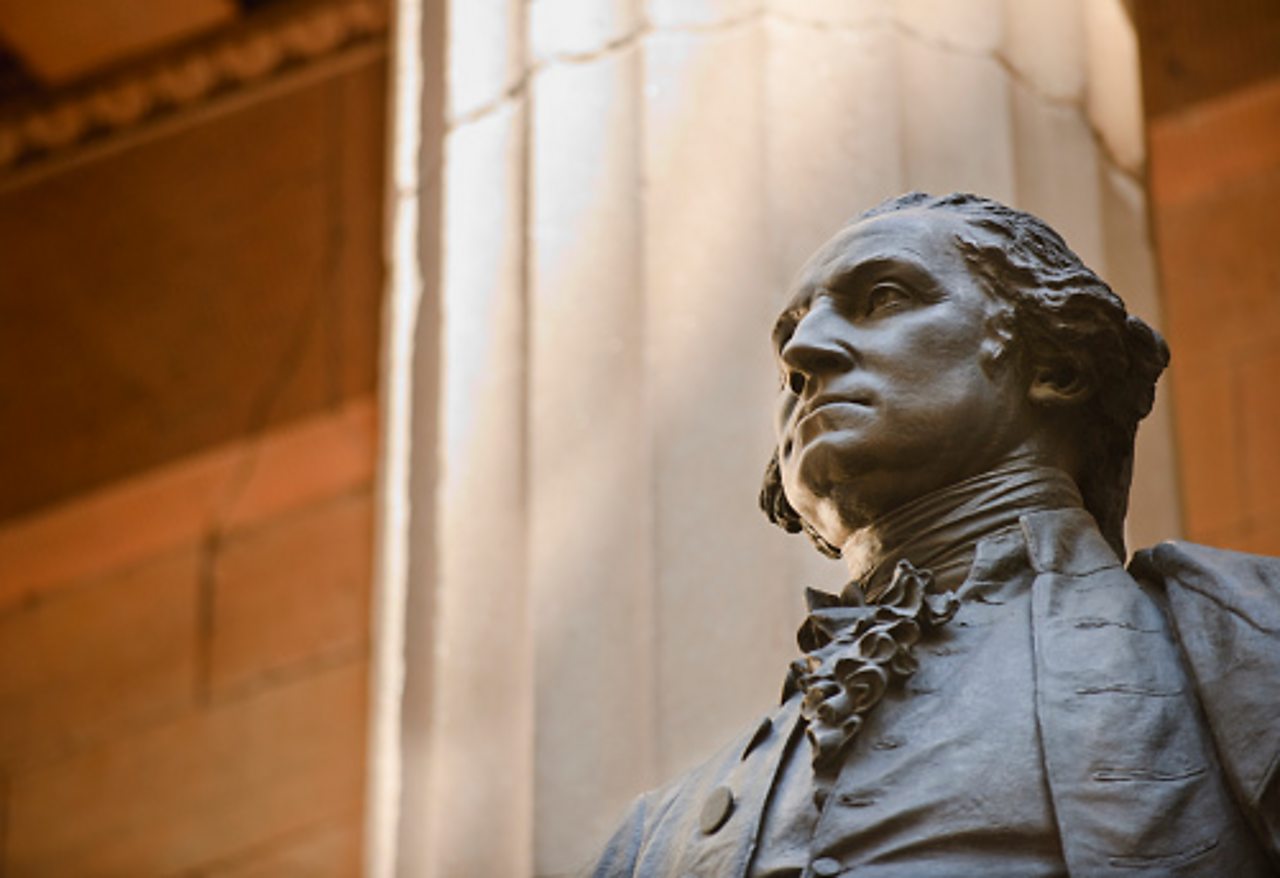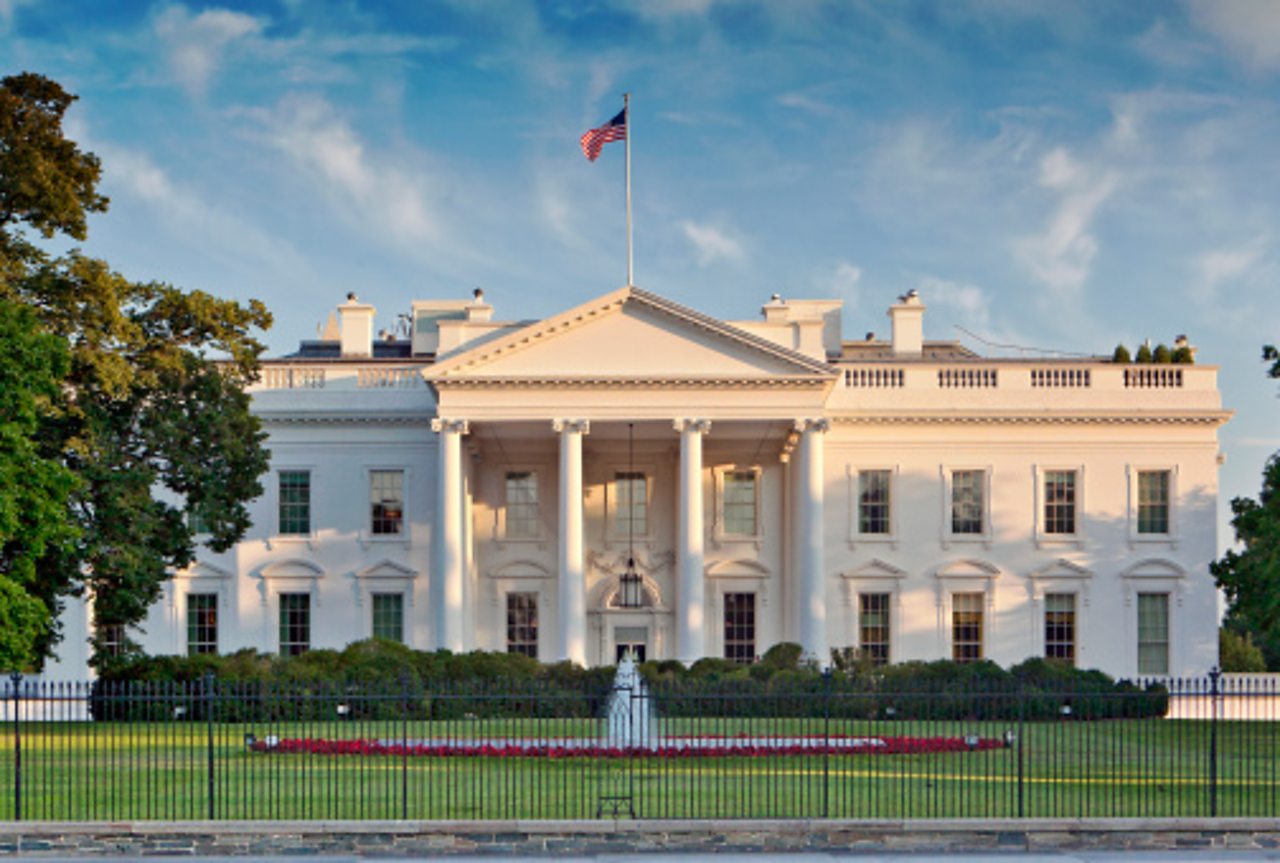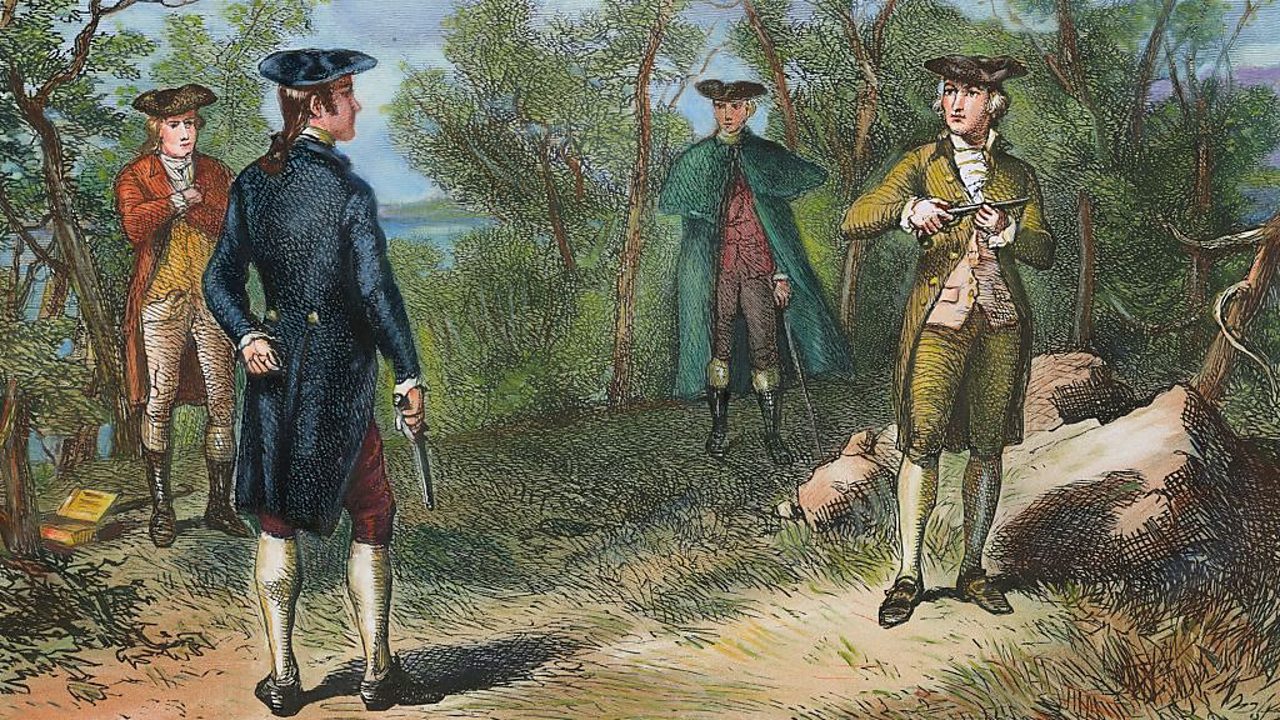AMERICAN POLITICS HOW DOES THE AMERICAN SYSTEM WORK WHAT IS THEIR SYSTEM OF GOVRNMENT
On the first Tuesday after 1 November every four years, hundreds of millions of Americans cast their vote in the US presidential elections.
In 2020, they will face a choice between incumbent President Donald Trump of the Republican party and his Democratic challenger, the former vice-president Joe Biden.
But in addition to that vote, many states are also holding elections for positions in the United States Senate, House of Representatives and state-wide political roles.
BBC Bitesize takes a look at how the US political system and government works.
Federal and state
In the United Kingdom, Scotland, Wales and Northern Ireland and some local authorities in England (such as Greater Manchester) have been given devolved powers - meaning they have responsibility for some key decision making in their area, while central government in Westminster takes control of other matters.
It’s similar across the United States – although in the US, every state has its own powers and control over spending. State government is responsible for things like holding elections and providing for public safety, health and welfare.
The federal government, or national government, looks after things like immigration, foreign affairs and minting money. Other powers, such as taxation, lawmaking and law enforcement are shared between state and federal governments.
Federal power is split into three different branches of government – the executive (the president and their cabinet), the judiciary (the Supreme Court) and the chambers of the United States Congress.
House of Representatives
In the UK, we have the House of Commons and House of Lords. Similarly, there are two chambers in the US Congress.
The House of Representatives is the lower chamber of Congress and is made up of elected representatives from across the country.
There are 435 voting members of the House of Representatives (six non-voting members also attend sessions representing US territories and Washington DC). Each state is allocated a different number of representatives based on their population – California is the largest with 53 while seven states have just a single representative.
Representatives serve a two-year term and the entire chamber goes up for re-election every November in even-numbered years.
As part of the legislative branch of the United States Congress, the House of Representatives has control over which legislation comes to a vote.
Senate
The upper chamber is known as the Senate and was originally intended to be a regulatory group providing checks and balances for the work of the Representatives – but it has been the dominant body since the mid 19th Century.
There are fewer members of the Senate – just 100 – with each state having two senators, regardless of its size.
Senators are directly elected and serve six-year terms – there are no term limits in place and many serve for several decades. The longest serving US senator was Democrat Robert Byrd who represented West Virginia for 51 years before dying in office in 2010.
The US vice-president takes a leading role in the Senate, acting as the chamber’s president. The Senate has the power to approve or block any new laws, to debate and confirm any presidential appointments to high-ranking office (as appropriate) and also to conduct investigatory trials against the president in a process known as impeachment.
The judiciary
The Supreme Court is the highest court in the judiciary in the United States and is responsible for making sure any laws passed by the legislature are compatible with the US constitution – the overarching set of rules and laws, first written by what are known as the founding fathers, that are the source of government powers.
There are nine judges appointed to the court – each position is nominated when vacant by the president and approved by the Senate. Seats in the court are given on a life basis and vacancies are typically only created when a judge retires or passes away in post, as happened in September 2020 following the death of Ruth Bader Ginsburg who had been in office for 27 years.
While the executive, legislature and judiciary make up the national, federal government, these systems are replicated within the states themselves.
States have governors who take on the executive role as per the president nationally. With the exception of Nebraska, the remaining 49 states all have two chambers – an upper house, or Senate made up of state senators and a lower house (known as the House of Representatives, Assembly or House of Delegates).
In Nebraska, a 1936 referendum saw residents vote to get rid of the two chamber system in favour of one house – the Nebraska Legislature, made up of state senators.
States also have their own Supreme Courts which act as the state’s highest court of appeal and interpret state laws.
A number of states actually hold elections for their Supreme Court vacancies, with 82 seats across 35 states to be decided in the November 2020 elections.
It means some voters will not only have to decide on who they want to be president in 2020, but also make decisions on their state’s House of Representatives members, senators, state governors, legislatives, judges and other officials as well as a series of state-wide referendums - a busy night awaits for those counting ballots this November!






No hay comentarios:
Publicar un comentario